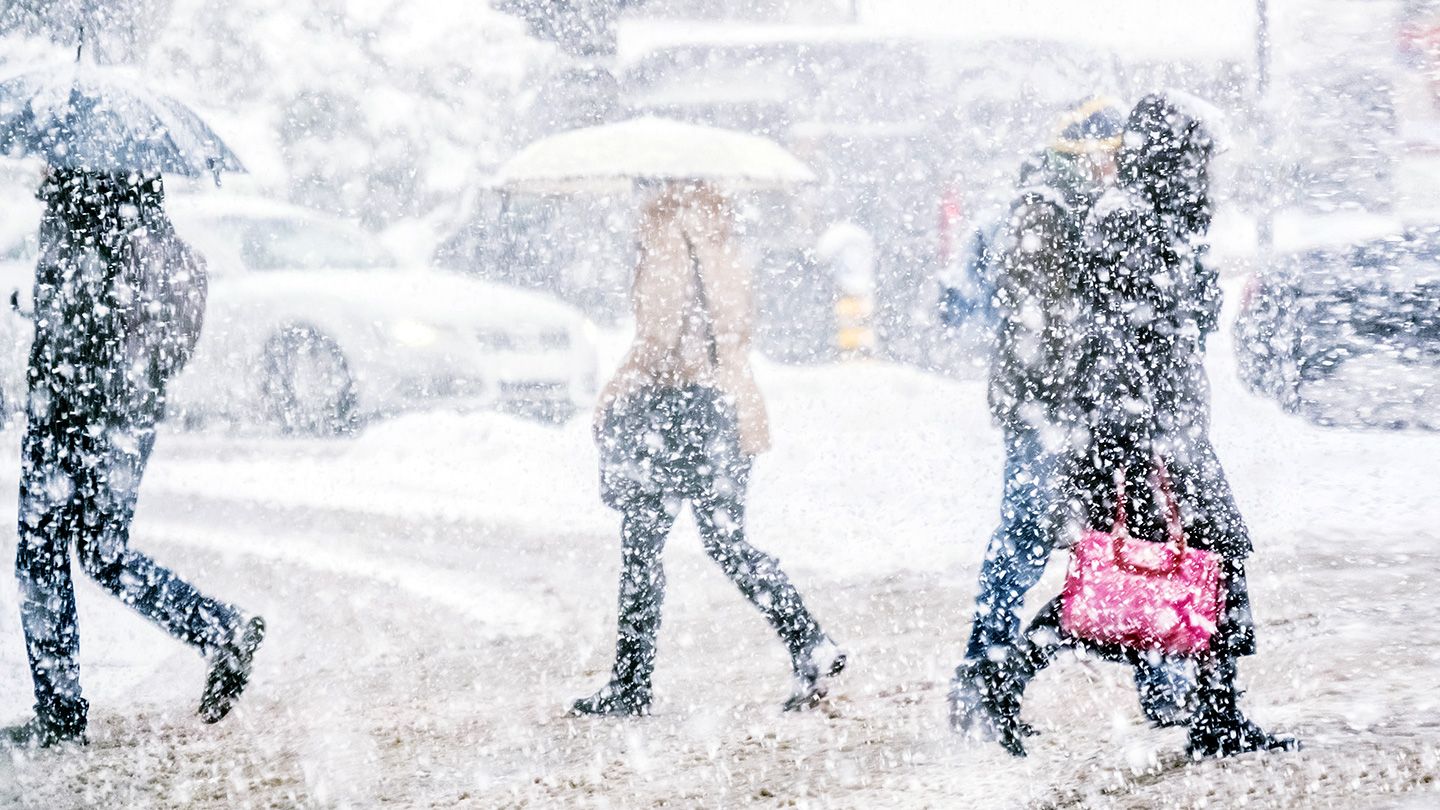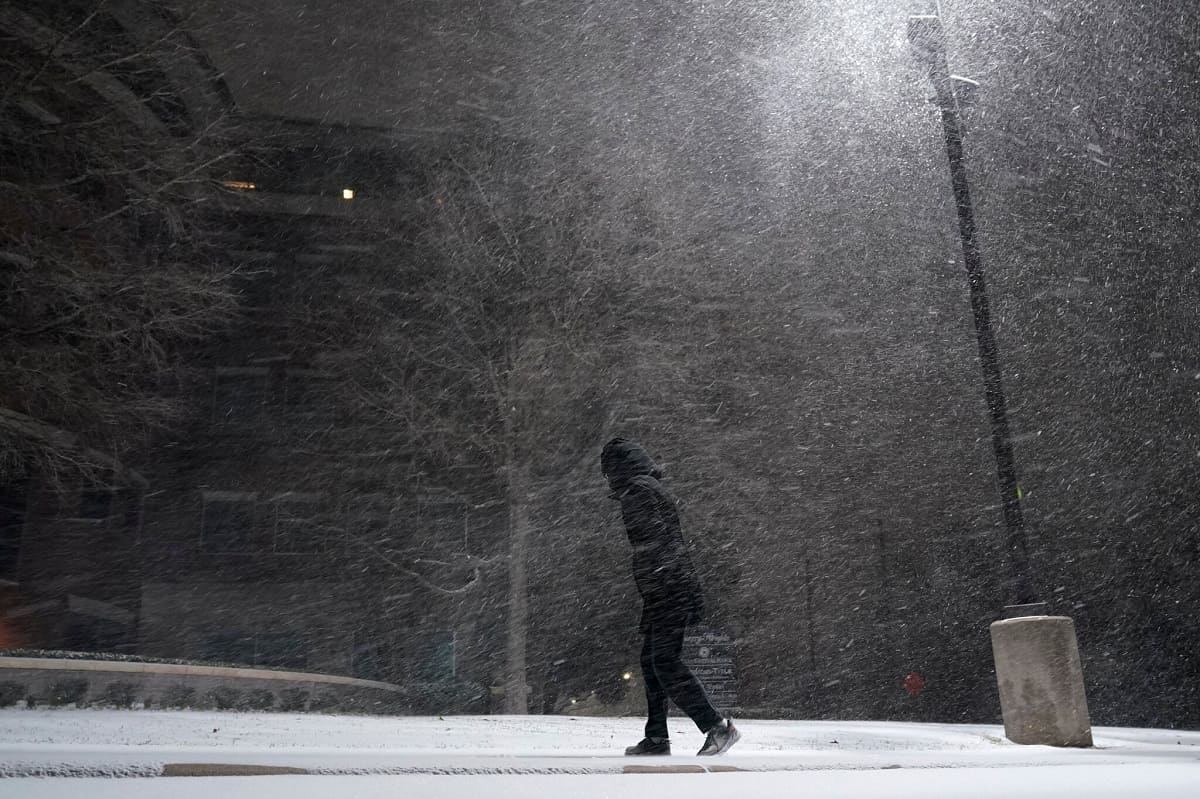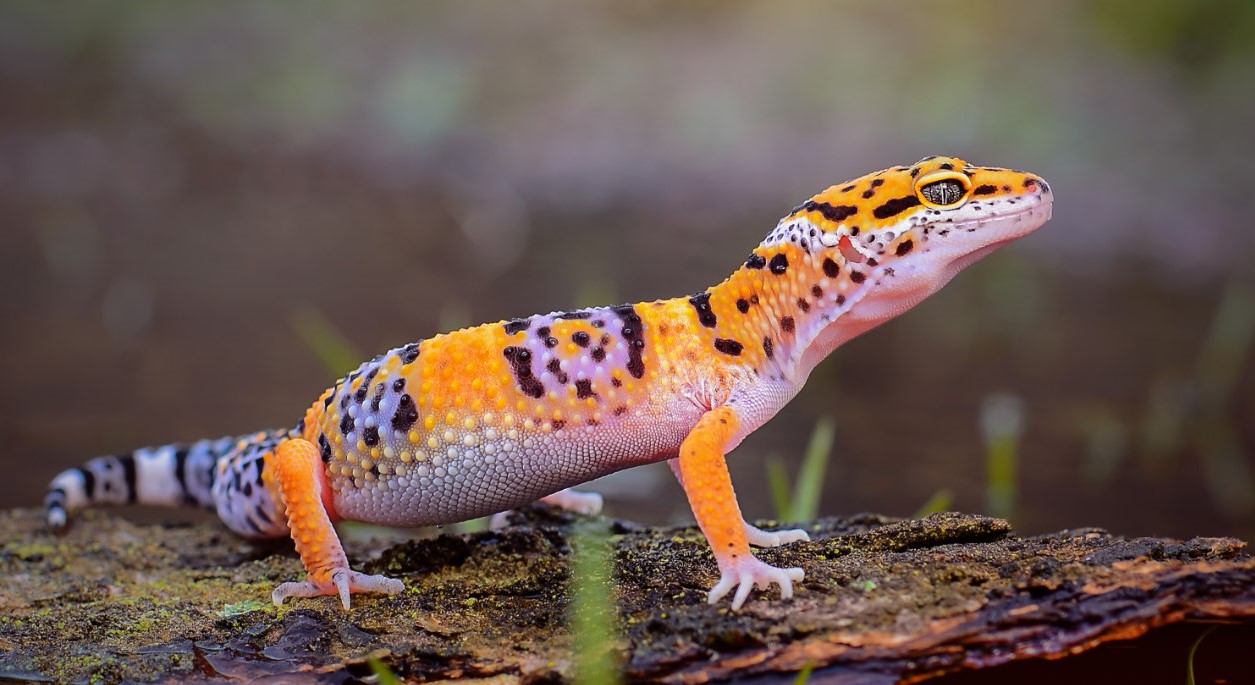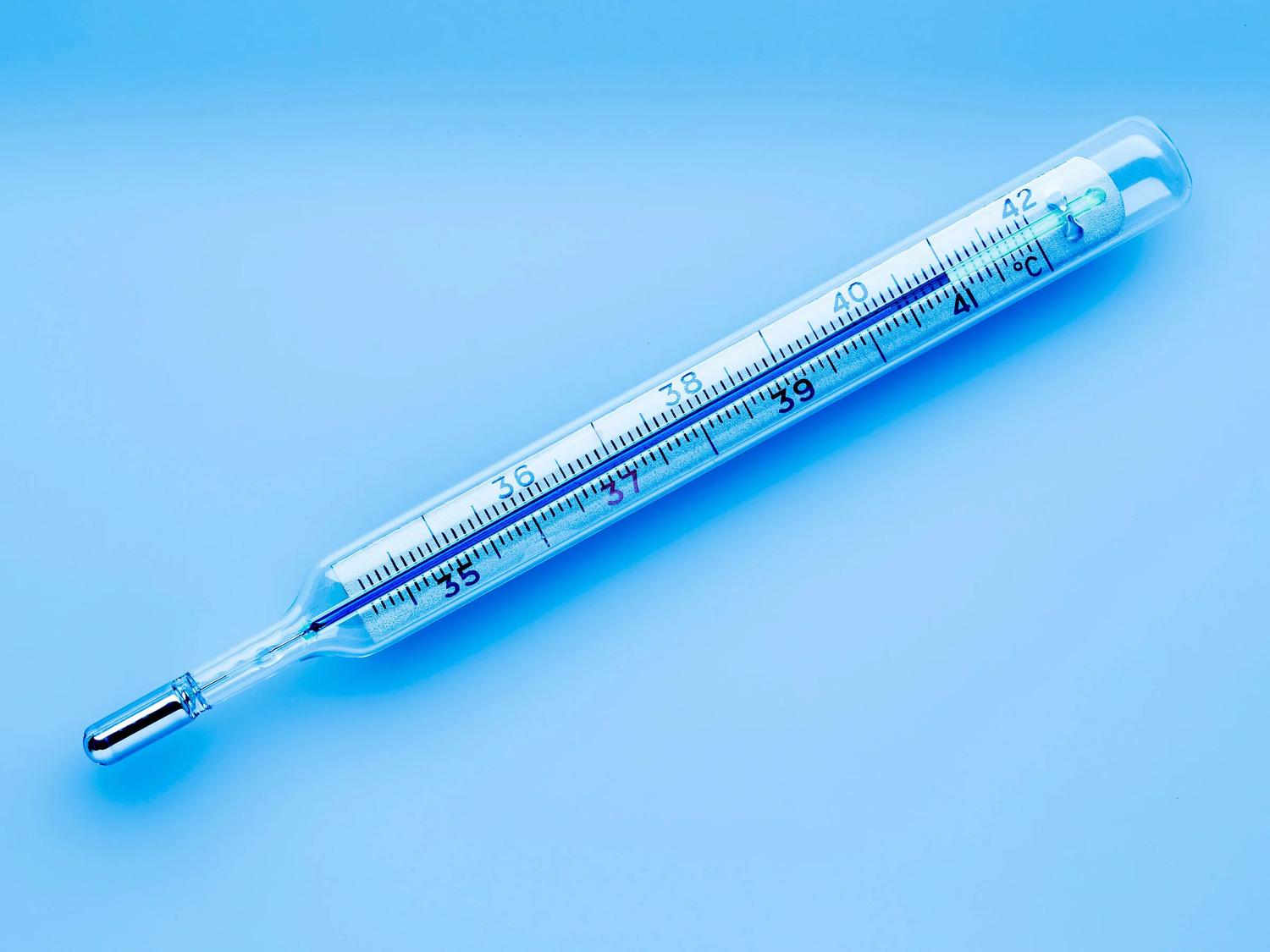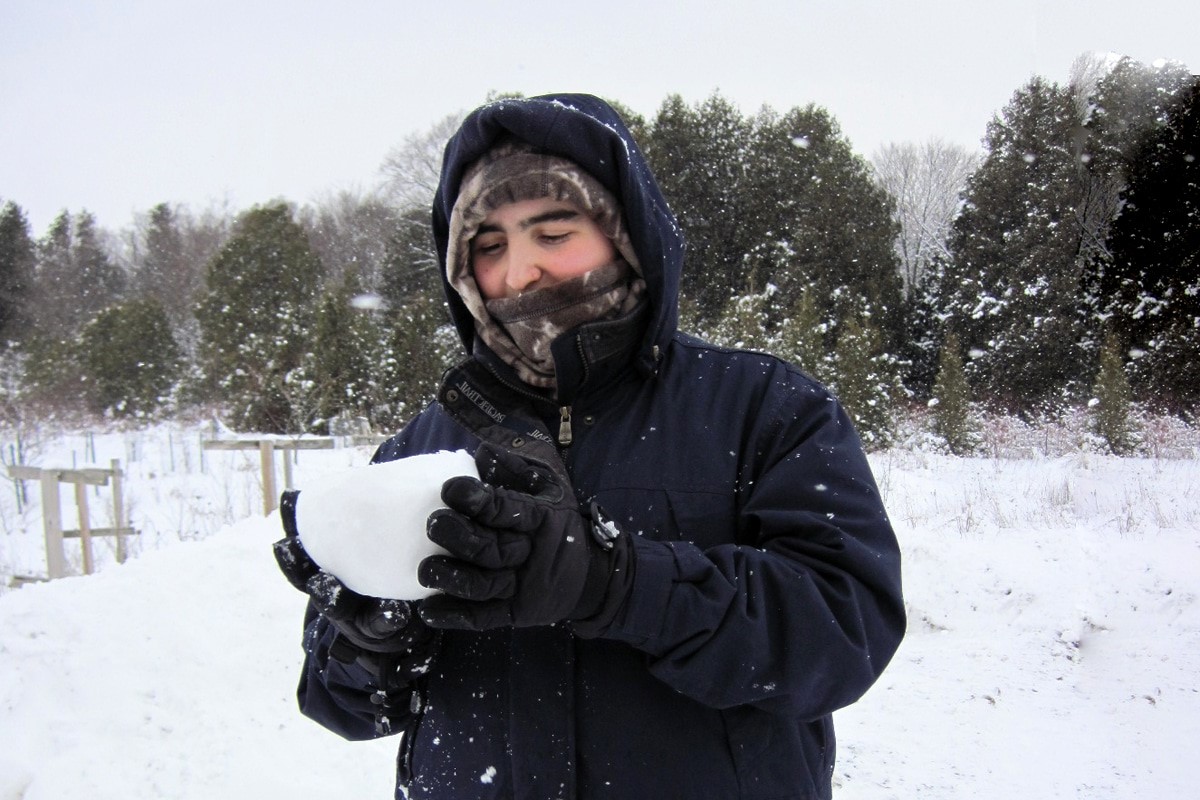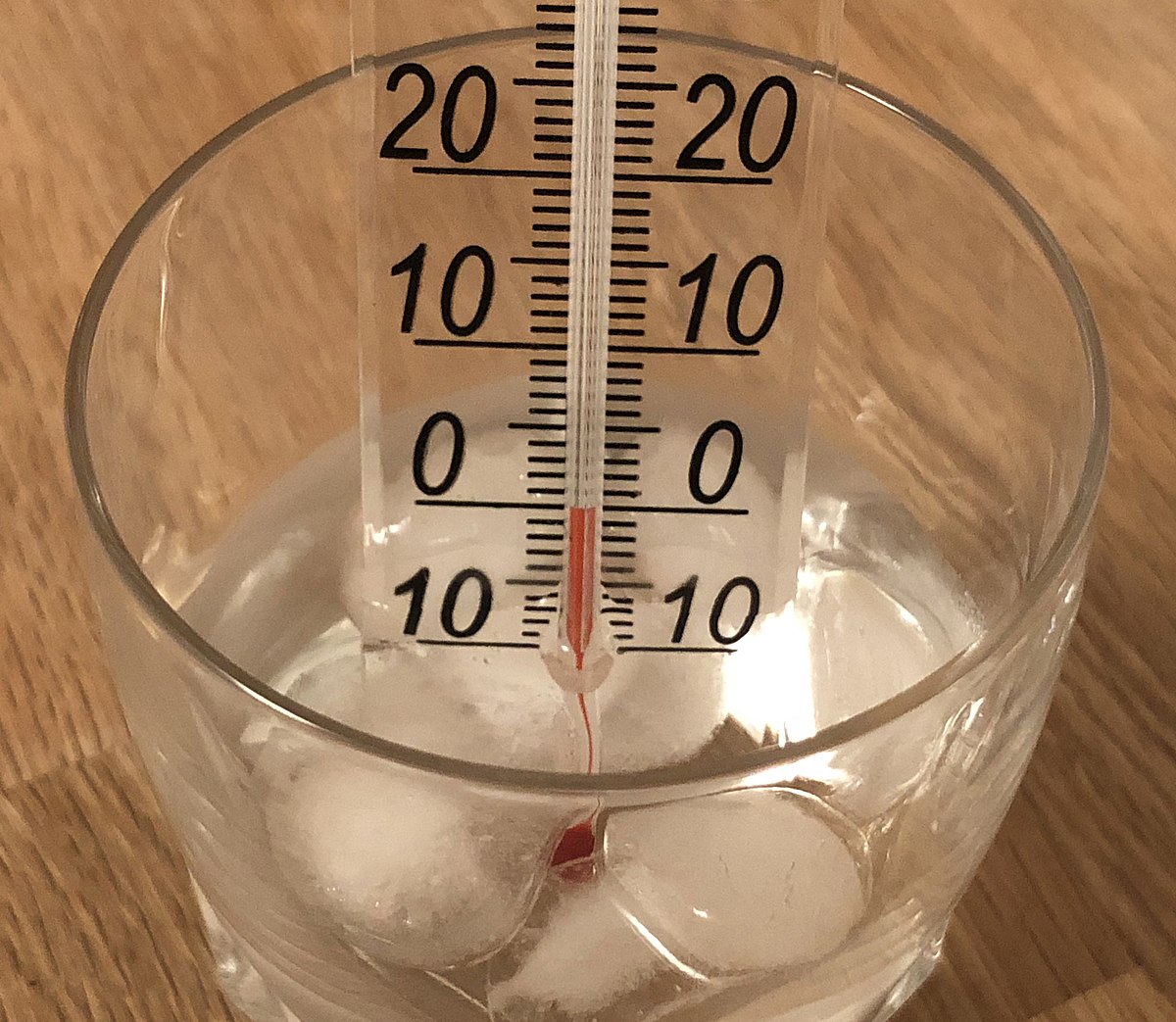Home>Weather and Climate>Survival Of Bed Bugs In Cold Temperatures
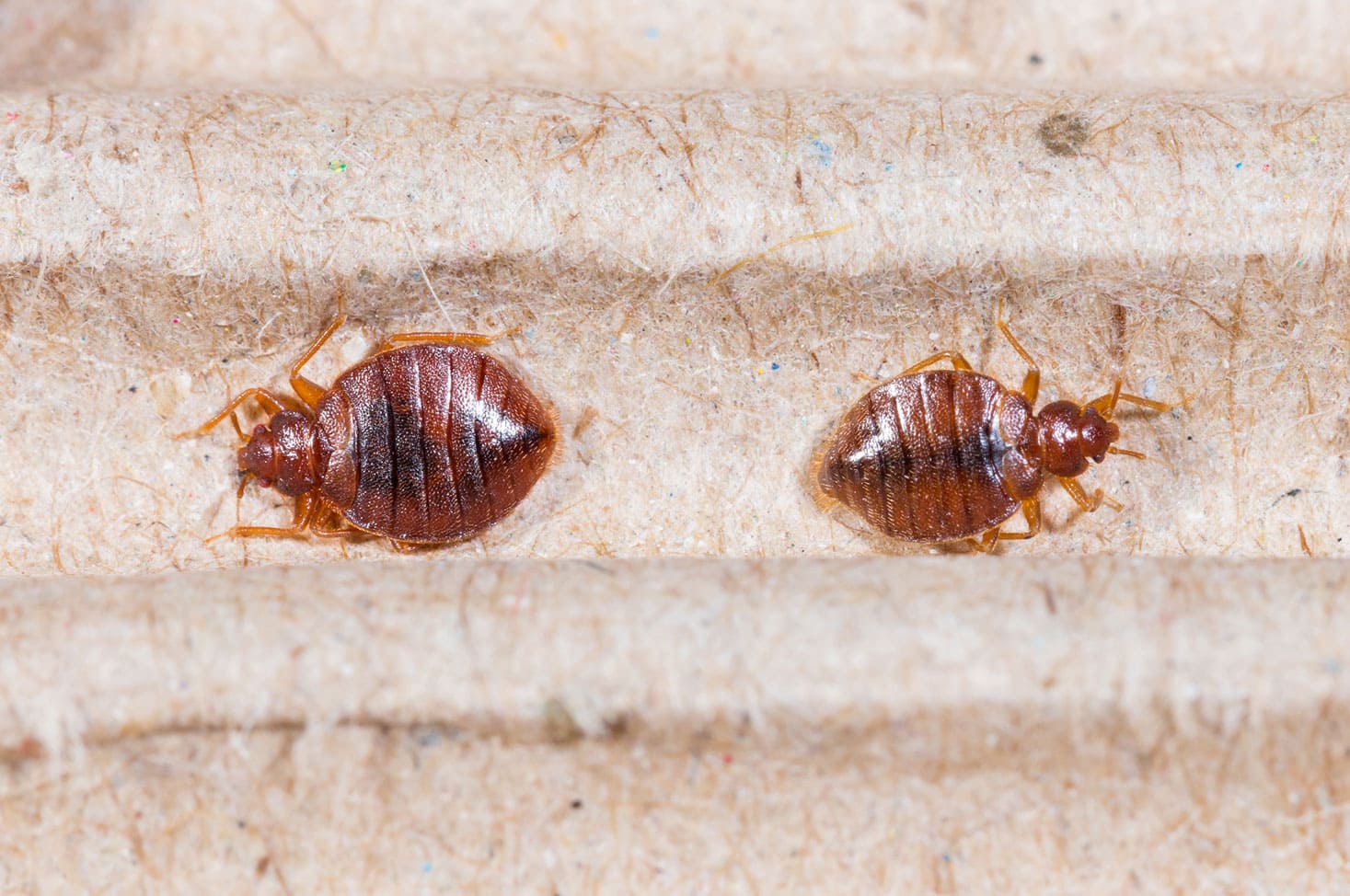

Weather and Climate
Survival Of Bed Bugs In Cold Temperatures
Published: March 1, 2024
Learn how bed bugs survive in cold temperatures and adapt to different weather and climate conditions. Discover effective strategies to control bed bug infestations in any environment.
(Many of the links in this article redirect to a specific reviewed product. Your purchase of these products through affiliate links helps to generate commission for Temperatures.com, at no extra cost. Learn more)
Table of Contents
Introduction
Weather and climate play a significant role in the survival and behavior of various organisms, including pests such as bed bugs. These tiny, blood-sucking insects have been a nuisance to humans for centuries, infesting homes, hotels, and other dwellings. Understanding how bed bugs respond to different environmental conditions, particularly cold temperatures, is crucial for effective pest management and control.
In this article, we will delve into the fascinating world of bed bugs and explore how they are impacted by cold temperatures. We will uncover the physiological and behavioral adaptations that enable these resilient pests to endure harsh winter conditions. Additionally, we will discuss practical strategies for preventing and controlling bed bug infestations in cold environments.
Join us on this enlightening journey as we unravel the secrets of bed bug survival in the face of chilling temperatures.
Understanding Bed Bugs
Bed bugs, scientifically known as Cimex lectularius, are small, wingless insects that belong to the family Cimicidae. These elusive pests are adept at hiding in cracks and crevices, making them challenging to detect and eradicate. Measuring about the size of an apple seed, bed bugs have a flattened oval shape, which allows them to easily maneuver into narrow spaces, such as mattress seams, furniture joints, and electrical outlets.
These nocturnal parasites feed exclusively on the blood of warm-blooded animals, with humans being their preferred hosts. While bed bugs are not known to transmit diseases, their bites can cause itching, discomfort, and in some cases, allergic reactions in sensitive individuals.
One of the most remarkable features of bed bugs is their remarkable resilience and adaptability. These pests have evolved to withstand a wide range of environmental conditions, enabling them to thrive in diverse habitats across the globe. Their ability to survive extended periods without feeding further contributes to their tenacity and persistence.
Understanding the behavior and biology of bed bugs is essential for effective pest management. By gaining insights into their life cycle, feeding habits, and mobility, pest control professionals can develop targeted strategies to combat infestations and minimize the spread of these resilient insects.
In the next section, we will explore the fascinating impact of cold temperatures on bed bugs and how these pests have evolved to cope with the challenges posed by wintry conditions. Let's unravel the intriguing mechanisms that enable bed bugs to endure and survive in the face of chilling temperatures.
Effects of Cold Temperatures on Bed Bugs
Cold temperatures have a profound impact on the physiology and behavior of bed bugs. When exposed to chilly environments, bed bugs undergo a series of physiological changes that can influence their survival and reproductive capabilities. Here's a closer look at the effects of cold temperatures on these resilient pests:
-
Slowed Metabolism: Bed bugs are ectothermic organisms, meaning their body temperature is regulated by the external environment. When subjected to cold temperatures, their metabolic processes slow down significantly. This metabolic suppression reduces their activity levels and can prolong the time between blood meals, allowing them to survive for extended periods without feeding.
-
Reduced Mobility: Cold temperatures can impair the mobility of bed bugs, making it more challenging for them to seek out hosts for blood meals. As a result, infestations may appear dormant or less active during colder months, leading to a temporary decline in feeding and reproductive activities.
-
Increased Survival Time: Despite their diminutive size, bed bugs have evolved remarkable cold tolerance mechanisms that enable them to endure suboptimal temperatures. While prolonged exposure to extreme cold can be lethal to bed bugs, they are capable of surviving for extended periods in chilly environments, especially when sheltered in protected locations within human dwellings.
-
Impact on Reproduction: Cold temperatures can disrupt the reproductive cycle of bed bugs, potentially reducing their overall population growth. Female bed bugs may produce fewer eggs, and the development of eggs and nymphs may be delayed in colder conditions. This temporary suppression of reproductive activity can provide a window of opportunity for pest control interventions to effectively target and manage infestations.
-
Vulnerability to Freezing: While bed bugs possess certain adaptations to withstand cold temperatures, they are not impervious to freezing. Exposing bed bugs to extreme cold, such as through cryogenic treatments, can effectively eliminate infestations by causing lethal damage to their cellular structures.
Understanding the effects of cold temperatures on bed bugs is crucial for devising comprehensive pest management strategies, particularly in regions with seasonal temperature variations. By leveraging this knowledge, pest control professionals can implement targeted interventions to disrupt the survival and reproductive capabilities of bed bugs, ultimately mitigating the impact of infestations on human habitats.
In the following section, we will explore the ingenious strategies that bed bugs employ to survive and thrive in cold environments, shedding light on their remarkable resilience in the face of wintry challenges.
Strategies for Surviving Cold Temperatures
Bed bugs have evolved remarkable strategies to withstand and endure cold temperatures, allowing them to persist in diverse environments and infestations. These resilient pests have developed physiological and behavioral adaptations that enable them to navigate the challenges posed by wintry conditions. Here are the ingenious strategies employed by bed bugs to survive in the face of chilling temperatures:
-
Seeking Shelter in Protected Locations: When temperatures drop, bed bugs exhibit a remarkable ability to seek refuge in insulated and sheltered areas within human dwellings. They gravitate towards warm microenvironments, such as behind baseboards, inside electrical outlets, and within the crevices of furniture. By retreating to these secluded hideouts, bed bugs can shield themselves from the full impact of cold temperatures, enhancing their chances of survival during winter months.
-
Aggregation and Clustering: Bed bugs are known for their gregarious behavior, often congregating in clusters to regulate their microclimate and conserve heat. By huddling together in aggregations, bed bugs can collectively generate and retain warmth, mitigating the chilling effects of cold environments. This clustering behavior not only fosters communal thermoregulation but also facilitates social interactions and the exchange of chemical signals among individuals, contributing to the cohesion of infestations.
-
Reduced Activity and Metabolic Suppression: In response to cold temperatures, bed bugs exhibit reduced activity levels and undergo metabolic suppression. This physiological adaptation allows them to conserve energy and endure prolonged periods without feeding. By entering a state of dormancy or reduced metabolic activity, bed bugs can withstand suboptimal temperatures and survive extended periods of cold, awaiting favorable conditions for renewed activity and feeding.
-
Utilizing Human Habits and Behaviors: Bed bugs have capitalized on human habits and behaviors to enhance their survival in cold environments. Infestations thrive within human dwellings, where indoor heating systems create conducive microclimates for bed bug persistence. Additionally, the proximity to human hosts provides bed bugs with a readily available source of warmth and blood meals, further bolstering their resilience in the face of wintry conditions.
-
Adaptation to Varied Temperature Ranges: Through evolutionary processes, bed bugs have developed a degree of tolerance to diverse temperature ranges, enabling them to endure fluctuations in environmental conditions. This adaptability allows bed bugs to persist in regions with seasonal temperature variations, as well as in climates characterized by prolonged cold spells.
By leveraging these ingenious strategies, bed bugs have demonstrated a remarkable capacity to survive and thrive in cold temperatures, posing persistent challenges for pest management and control efforts. Understanding the adaptive mechanisms employed by bed bugs is essential for devising effective interventions to disrupt their survival strategies and minimize the impact of infestations on human habitats.
In the next section, we will delve into practical approaches for preventing and controlling bed bugs in cold environments, offering insights into proactive measures and targeted interventions to mitigate the spread of infestations.
Prevention and Control of Bed Bugs in Cold Environments
Preventing and controlling bed bug infestations in cold environments requires a multifaceted approach that leverages both environmental factors and targeted interventions. By integrating proactive measures with strategic pest management tactics, individuals and pest control professionals can effectively mitigate the impact of bed bugs in wintry conditions.
Read more: The Survival Time Of Cats In Cold Weather
Environmental Modifications
Creating inhospitable conditions for bed bugs in cold environments can serve as a foundational strategy for prevention and control. This involves implementing environmental modifications that disrupt the microclimates favored by bed bugs, thereby reducing their survival and reproductive capabilities. Key environmental modifications include:
-
Temperature Regulation: Maintaining consistent indoor temperatures within a narrow range can limit the resilience of bed bugs to cold conditions. By minimizing temperature differentials and preventing localized cold spots, individuals can impede the survival strategies of bed bugs, making it more challenging for them to endure wintry environments.
-
Humidity Management: Controlling indoor humidity levels is crucial for deterring bed bugs, as excessively dry or humid conditions can impede their survival. By monitoring and regulating humidity, individuals can create an environment that is less conducive to bed bug infestations, thereby reducing their impact in cold settings.
Integrated Pest Management
Implementing an integrated pest management (IPM) approach is essential for effectively addressing bed bug infestations in cold environments. IPM strategies encompass a comprehensive framework that integrates proactive measures, monitoring, and targeted interventions to manage pest populations. Key components of IPM for bed bug control include:
-
Inspection and Detection: Thorough inspections of potential harborage sites and monitoring for early signs of infestations are fundamental to effective bed bug control. In cold environments, focusing on areas where bed bugs seek shelter from the cold, such as insulated wall voids and electrical outlets, can aid in early detection and intervention.
-
Non-Chemical Interventions: Employing non-chemical control methods, such as vacuuming, steaming, and heat treatments, can be particularly effective in cold environments. These interventions target bed bugs in their harborage sites, disrupting their survival strategies and reducing infestation levels without relying solely on chemical pesticides.
-
Targeted Treatments: When chemical treatments are necessary, targeted applications of insecticides can be employed to address localized infestations. Selective use of insecticidal products, in combination with non-chemical interventions, can help manage bed bug populations while minimizing environmental impact.
Education and Collaboration
Raising awareness and fostering collaboration among residents, property managers, and pest control professionals are vital components of bed bug prevention and control in cold environments. Educating individuals about proactive measures, early detection methods, and the importance of prompt intervention can empower communities to collectively address bed bug infestations. Additionally, collaboration between stakeholders facilitates coordinated efforts to implement effective control strategies and minimize the spread of infestations in cold settings.
By integrating environmental modifications, IPM strategies, and collaborative initiatives, individuals and pest control professionals can proactively address bed bug infestations in cold environments, reducing their impact and enhancing the resilience of human habitats against these resilient pests. Through a holistic and strategic approach, the challenges posed by bed bugs in wintry conditions can be effectively managed, contributing to improved living environments and enhanced pest control outcomes.
Conclusion
In conclusion, the survival of bed bugs in cold temperatures is a testament to the remarkable adaptability and resilience of these elusive pests. As we have explored, cold environments exert profound effects on the physiology, behavior, and survival strategies of bed bugs. From metabolic suppression and reduced mobility to the ingenious tactics of seeking shelter and aggregation, bed bugs have evolved a repertoire of mechanisms to endure and thrive in wintry conditions.
Understanding the impact of cold temperatures on bed bugs is pivotal for devising effective pest management strategies. By unraveling the physiological and behavioral responses of bed bugs to chilly environments, pest control professionals can develop targeted interventions to disrupt their survival strategies and minimize the impact of infestations on human habitats.
Furthermore, the prevention and control of bed bugs in cold environments require a comprehensive and integrated approach. Environmental modifications, such as temperature regulation and humidity management, serve as foundational strategies for creating inhospitable conditions for bed bugs. Integrated pest management (IPM) strategies, encompassing inspection, non-chemical interventions, and targeted treatments, offer a multifaceted framework for addressing bed bug infestations in wintry settings. Education and collaboration among stakeholders play a pivotal role in empowering communities to collectively address bed bug challenges and implement effective control measures.
By integrating these approaches, individuals and pest control professionals can proactively mitigate the impact of bed bugs in cold environments, contributing to improved living conditions and enhanced pest control outcomes. The resilience of bed bugs in the face of cold temperatures underscores the need for ongoing research, innovation, and collaboration to develop sustainable and effective strategies for managing these persistent pests.
As we continue to unravel the complexities of bed bug survival and behavior, it is essential to leverage our insights to refine and enhance pest management practices, ultimately fostering environments that are less conducive to bed bug infestations. By embracing a holistic and proactive approach, we can mitigate the challenges posed by bed bugs in cold environments, creating healthier and more resilient living spaces for all.

